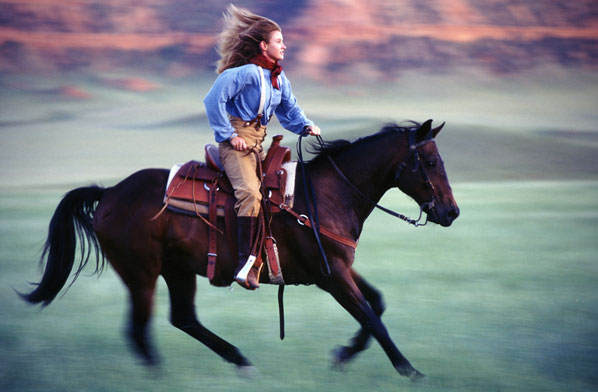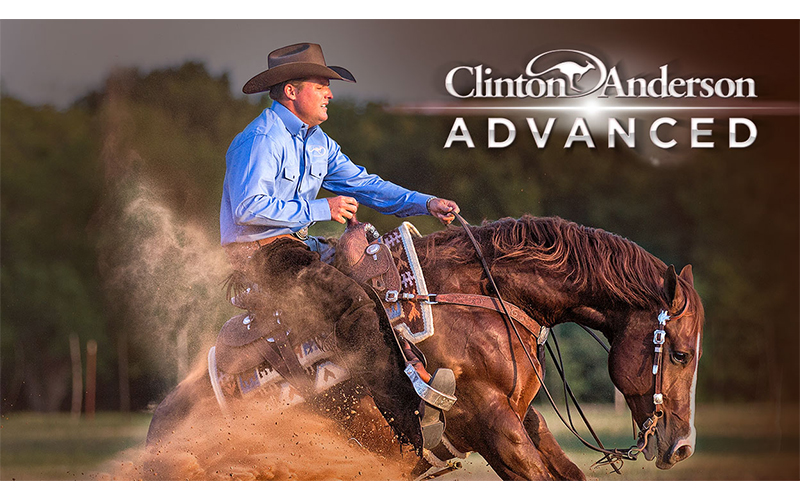Advanced Horseback Riding: A Comprehensive Guide

Horseback riding is a rewarding and challenging sport that evolves significantly as riders progress from beginners to advanced levels. This article delves into the nuances of advanced horseback riding, offering insights into techniques, training, equipment, and safety measures that elevate the riding experience.
Table of Contents

- Introduction to Advanced Horseback Riding
- Essential Skills and Techniques
- Training and Conditioning
- Equipment and Gear
- Safety Considerations
- Common Challenges and Solutions
- Frequently Asked Questions (FAQ)
1. Introduction to Advanced Horseback Riding
Advanced horseback riding goes beyond basic riding skills, focusing on refined control, communication with the horse, and mastering complex maneuvers. Riders at this level often participate in competitive disciplines such as dressage, show jumping, eventing, and endurance riding.
2. Essential Skills and Techniques
Balance and Posture
Maintaining a balanced seat is crucial for effective riding. Advanced riders develop an independent seat, allowing them to move fluidly with the horse without relying heavily on reins for balance.
Aids and Communication
Riders use subtle aids—leg pressure, seat shifts, and rein cues—to communicate precise instructions. Mastery of these aids leads to better responsiveness and harmony with the horse.
Advanced Maneuvers
Techniques such as flying lead changes, pirouettes, half-passes, and collected gaits are typical in advanced riding, especially in dressage and jumping disciplines.
3. Training and Conditioning
Rider Fitness
Physical fitness enhances a rider’s endurance, strength, and flexibility, which are essential for maintaining control and preventing injury.
Horse Conditioning
Advanced riding demands a well-conditioned horse. Training programs focus on building stamina, strength, and agility tailored to the discipline.
Consistent Practice
Regular, focused practice sessions help both horse and rider refine skills and build trust.
4. Equipment and Gear
| Equipment | Purpose | Notes |
|---|---|---|
| Saddle | Provides rider support and balance | Dressage saddles have deeper seats; jumping saddles are flatter |
| Bridle and Bit | Communication tools between rider and horse | Choice depends on horse sensitivity and discipline |
| Riding Boots | Protect feet and provide grip | Tall boots preferred for leg support |
| Helmet | Safety gear to protect the rider’s head | Must meet safety standards |
5. Safety Considerations
- Always wear a certified helmet.
- Use appropriate tack and check it before riding.
- Warm up both horse and rider to prevent injuries.
- Be aware of your surroundings and ride within your skill level.
6. Common Challenges and Solutions
| Challenge | Solution |
|---|---|
| Horse resistance to aids | Reassess training methods; consult a trainer |
| Rider imbalance | Focus on core strengthening exercises |
| Fear or anxiety | Gradual exposure and confidence-building exercises |
7. Frequently Asked Questions (FAQ)
Q1: How long does it take to reach advanced riding skills?
A: It varies, but typically several years of consistent training and practice are required.
Q2: Can anyone become an advanced rider?
A: With dedication, proper training, and physical fitness, most riders can progress to advanced levels.
Q3: What disciplines are best for advanced riders?
A: Dressage, show jumping, eventing, and endurance riding are popular advanced disciplines.
Advanced horseback riding is a journey of continuous learning and partnership with your horse. By focusing on skill refinement, proper training, and safety, riders can enjoy a fulfilling and exhilarating experience.
